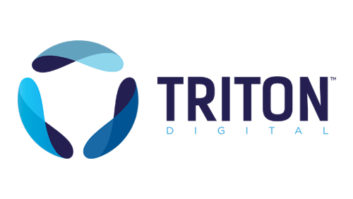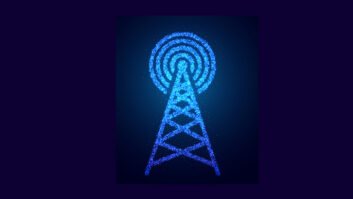
Belden’s Steve Lampen told HPA Tech Retreat program organizer Mark Schubin he could talk about 4K over coax cable, and that Schubin said, “We’re tired of 4K. Talk about something besides 4K.”
Lampen said that made him realize that soon, they could talk about the next thing until everyone’s bored of it, declare victory, and then move on to the next thing, without actually making anything.
And so now, the next thing is data cable. Lampen said broadcast facilities are increasingly connected via data cable. He showed a new Category, 6A, or “augmented” Cat-6, at 500 MHz per pair and with PAM 16 multilevel coding, a 10 Gbps data rate and 10GbaseT compatibility.
Shielded or unshielded. That is the question, Lampen said. Neither is perfect. Shielding prevents alien crosstalk, ground loops and ground-induced noise, but it’s more work to install and is general more expensive. He said “telescopic shielding” is not a solution.
Unshielded cable is cheaper, easier to install, has lowest crosstalk between pairs, but the worst alien crosstalk when cables are bundled. Bonded pairing helps, but it’s a lot of work.
Lampen showed the Belden 10GXSxx series cable, a type of Cat-6A, that has a layer inside the cable that absorbs the disruptive energy and attenuates it throughout the length of the cable. He said it was 25% smaller than regular Cat-6.
And yet … the cable’s only as good as the connector, he said, and so, voila! Belden REVConnect. Lampen said it’s the best they’ve seen in an RJ45 connector. It can be assembled in about a minute, he said, and the price is on par with most other Cat-6A connectors. REVConnect contains a “cable manager,” a little housing on the end with color-coded dots for properly routing the individual wires.
The connector handles shielded and unshielded Cat-5e, 6 and 6A — almost any type of cable — with no pair-splitting required for making bonded pairs. Performance was consistent across distances measuring from 10 to 90 meters.
He cautioned against mixing cable standards, and to choose one of the two, 568A or 568B, the most commonly used cable standard in the United States.
— TV Technology












